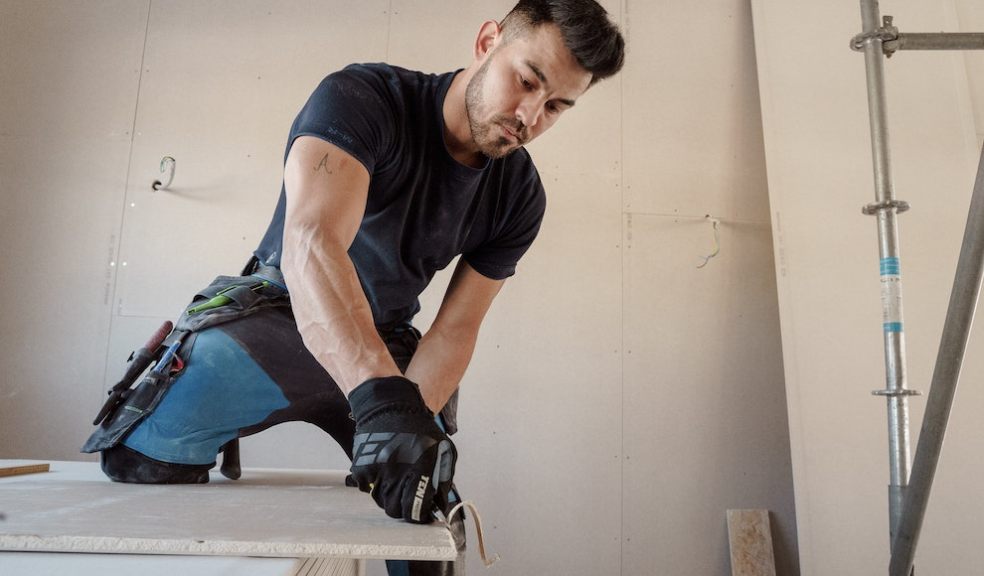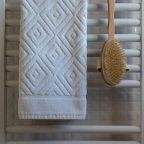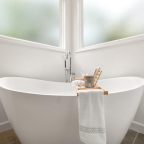
Navigating the World of Drylining
Drylining, also known as drywalling or plasterboarding, is a technique used to create interior walls and ceilings in buildings. It has become a popular choice due to its efficiency, versatility, and precision. In this article, we will explore the world of drylining, its benefits, and how it can transform interior spaces.
What is Drylining?
Drylining involves the installation of plasterboard or drywall onto a wall or ceiling frame, creating a smooth and seamless surface. It is a quicker alternative to traditional wet plastering, as it eliminates the need for drying time and enables faster construction. Drylining offers a range of benefits, including fire resistance, sound insulation, and thermal efficiency. To ensure a seamless and efficient drylining process, it is essential to utilize high-quality tools and materials from reputable companies such as ADA Fastfix.
The Advantages of Drylining
Efficiency and Speed
One of the significant advantages of drylining is its efficiency and speed. The installation process is relatively quick, allowing for faster project completion compared to wet plastering methods. Drylining systems are pre-fabricated, enabling precise cutting and fitting, further reducing construction time.
Fire Resistance
Fire safety is a critical consideration in building design. Drylining materials, such as fire-resistant plasterboard, provide enhanced fire resistance, helping to contain the spread of fire within a building. This feature makes drylining an excellent choice for commercial spaces, public buildings, and residential properties.
Sound Insulation
In environments where noise control is crucial, drylining excels. The multiple layers of plasterboard used in drylining systems significantly reduce sound transmission, creating quieter and more comfortable interior spaces. This makes it ideal for buildings such as hospitals, schools, and offices, where noise reduction is essential.
Thermal Efficiency
Energy efficiency is increasingly important in construction. Drylining systems can incorporate insulation materials, improving a building's thermal performance. This helps to regulate indoor temperatures, reduce heat loss, and enhance energy efficiency, resulting in cost savings and a smaller carbon footprint.
3. Drylining Techniques
Stud Partitioning
Stud partitioning is a common drylining technique used to create non-load-bearing interior walls. It involves constructing a frame using metal or timber studs, which are then covered with plasterboard. Stud partitioning allows for flexibility in room layout and can accommodate services such as electrical wiring and plumbing.
Ceiling Fixing
Drylining is also used extensively for ceiling construction. The installation process involves suspending a metal framework from the main structural ceiling and attaching a plasterboard to it. This technique allows for the integration of lighting fixtures, ventilation systems, and other ceiling-mounted elements.
Finishing and Decoration
Once the drylining installation is complete, the surfaces are ready for finishing and decoration. A jointing compound is applied to fill any gaps or joints between plasterboard panels, creating a smooth and seamless surface. After drying, the surface can be painted, wallpapered, or textured to achieve the desired aesthetic.
Conclusion
Drylining offers a multitude of advantages, including efficiency, fire resistance, sound insulation, and thermal efficiency. By utilizing drylining techniques, interior spaces can be transformed quickly and with precision. Whether it is for commercial, public, or residential projects, drylining provides a versatile solution that enhances the overall functionality and aesthetics of a building. Embracing the world of drylining opens up a realm of possibilities for architects, contractors, and homeowners, ensuring efficient construction, improved safety, and enhanced comfort for all occupants.

















